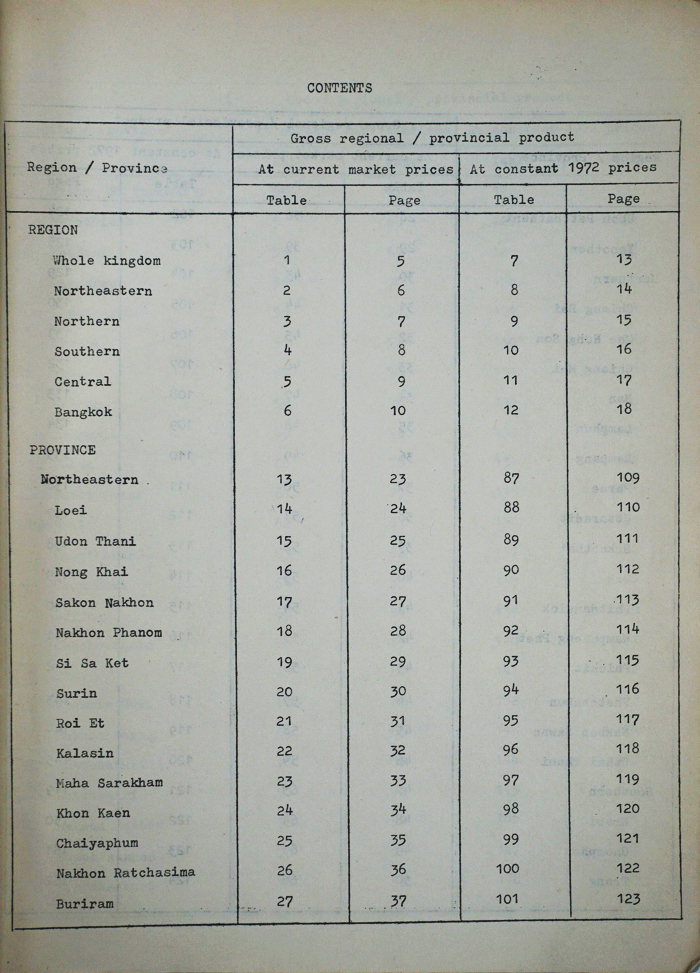- Project Leader : Imai Nobuo (Tokyo University of Agriculture, Department of Forest Science)
- Collaborators : Samejima Hiromitsu (Institute for Global Environmental Strategies, Natural Resources & Ecosystem Services Area)
- : Ubukata Fumikazu (Okayama University, Graduate School of Environmental and Life Science)
- : Kobayashi Satoru (Kyoto University, Center for Southeast Asian Studies)
- : Naito Daisuke (Kyoto University, Center for Southeast Asian Studies)
Outline of Research
The aim of this research is to examine how the relative importance of forest area causal factors have changed over time during 1960-2010 in eight Southeast Asian countries at a regional scale. The eight countries are Cambodia, Indonesia, Laos, Malaysia, Myanmar, the Philippines, Thailand, and Vietnam. We have already obtained statistical data on specific factors related to deforestation, such as population, economic status, land-use patterns, wood and food production, and environmental conditions in each of the countries and at a regional scale. We will 1) visit the above countries to collect further statistical data on a range of causative factors, 2) input and analyze the statistical data, 3) write and submit a research article, and 4) hold a meeting/workshop on deforestation in Southeast Asia.
Description
Tropical rainforests in Southeast Asia exhibited a high and increasing rate of forest cover loss from 2000 to 2012, while the rate of decrease slowed down in Brazil. On the other hand, “forest transition,” moving from net deforestation to net reforestation, has occured in northern Laos, the Philippines, and Vietnam since the 1990s onward. Although the pattern and process of forest transition in particular regions and countries has been well studied, the reasons why these particular areas, but not others, experience forest transition is still unclear. We will therefore collect data on a range of causative factors in order to get a more full understanding of these reasons.
While there are many studies on factors affecting the rate of forest area change, most previous studies have 1) examined a limited number of causative factors, 2) focused on a relatively short time period, usually the most recent, and 3) are limited to either national-scale or local-scale analysis. The aim of this research is to examine long-term changes in the relative importance of each causative factor driving forest change. These factors include population, economic status, land-use patterns, wood and food production, and environmental conditions, during 1960-2010 in eight Southeast Asian countries and at a regional scale.
For this research, we will 1) collect statistical data on a range of causative factors, 2) input and analyze the statistical data, 3) write and submit a research article, and 4) hold a meeting/workshop on deforestation in Southeast Asia.
 Statistical data photographed at governmental libraries (This photo is economic data in Thailand) |
 Research meeting |
